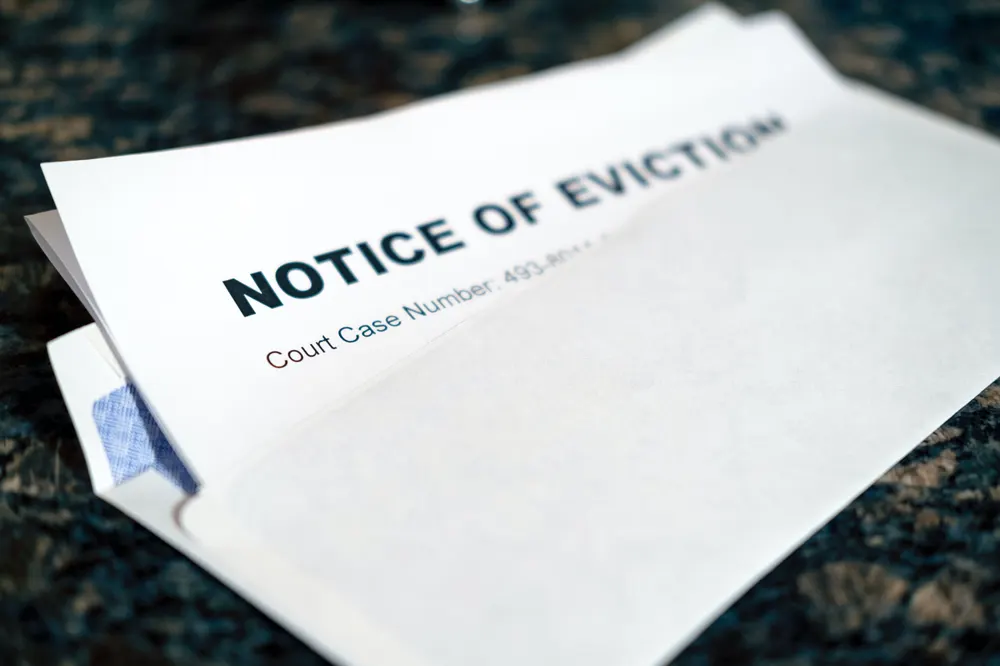Introduction
In California, landlords must adhere to specific rules and regulations when seeking to evict a tenant. One of the primary reasons for eviction is an "at-fault" eviction, which occurs when a tenant breaches the terms of their lease agreement or commits violations that warrant eviction. In this blog post, we will explore at-fault evictions in California, including the common reasons for eviction and the legal process involved.
What Constitutes an At-Fault Eviction in California?
An at-fault eviction, also known as a "just cause" eviction, occurs when a tenant is in violation of their lease or rental agreement. California law recognizes several specific reasons that justify at-fault evictions. Let's delve into some of the most common ones:
- Non-Payment of Rent: If a tenant fails to pay rent, the landlord has legal grounds for eviction. Landlords must provide a written notice to the tenant, typically a 3-Day Notice to Pay Rent or Quit, allowing the tenant three days to pay the outstanding rent or vacate the property.
- Violation of Lease Terms: Breaching the lease agreement, such as subletting without permission or having unauthorized pets, can lead to eviction. The landlord must serve a 3-Day Notice to Cure or Quit, giving the tenant three days to correct the violation or leave.
- Nuisance and Disruption: Tenants who engage in disruptive behavior, engage in illegal activities on the premises, or create a nuisance can be subject to eviction. The landlord must serve a 3-Day Notice to Quit, providing the tenant with three days to vacate.
- Illegal Use of the Property: Using the rental property for illegal purposes, such as drug manufacturing or distribution, is grounds for eviction. Landlords must serve a 3-Day Notice to Quit in such cases.
- Expired Lease or Holdover Tenancy: If a tenant remains in the property after the lease has expired, the landlord can serve a 3-Day Notice to Quit, notifying the tenant to vacate.
The Legal Process for At-Fault Evictions
The legal process for at-fault evictions in California involves several key steps:
- Serve Written Notice: Before initiating an eviction lawsuit, landlords must serve the appropriate written notice to the tenant, as described above.
- File an Unlawful Detainer Lawsuit: If the tenant does not comply with the notice, the landlord can file an Unlawful Detainer lawsuit in the appropriate California court. This lawsuit initiates the legal eviction process.
- Tenant Response: The tenant has five days to respond to the lawsuit by filing an Answer. If the tenant does not respond, the landlord may request a default judgment.
- Court Hearings: Eviction cases in California may involve court hearings, including the initial trial, pre-trial conferences, and potentially a trial for possession and judgment for unpaid rent.
- Writ of Possession: If the court rules in favor of the landlord, they can obtain a Writ of Possession, which is served by the sheriff's office to give the tenant a specified time to vacate.
- Tenant Removal: If the tenant does not leave voluntarily after the Writ of Possession is served, the sheriff's office will oversee the physical removal of the tenant from the property.
Conclusion
At-fault evictions in California are a complex legal process that requires strict adherence to state laws and regulations. While landlords have valid reasons for seeking eviction, it is crucial to follow the proper procedures, serve the correct notices, and engage in transparent and ethical practices. Seeking legal counsel and understanding your rights and responsibilities as a landlord is essential when pursuing an at-fault eviction in California.
Photo Credits: Allan Vega on Unsplash










